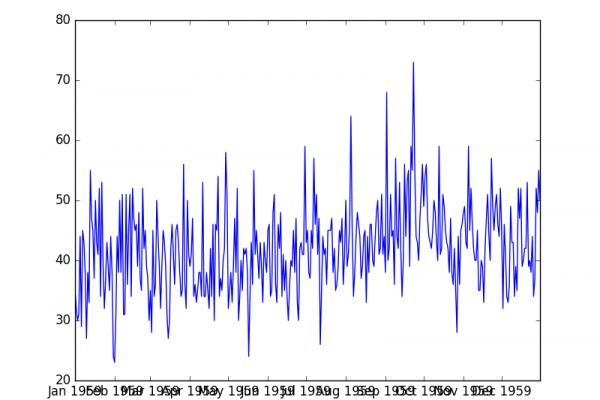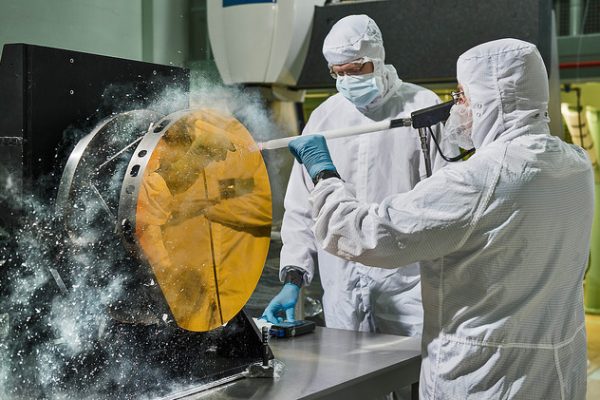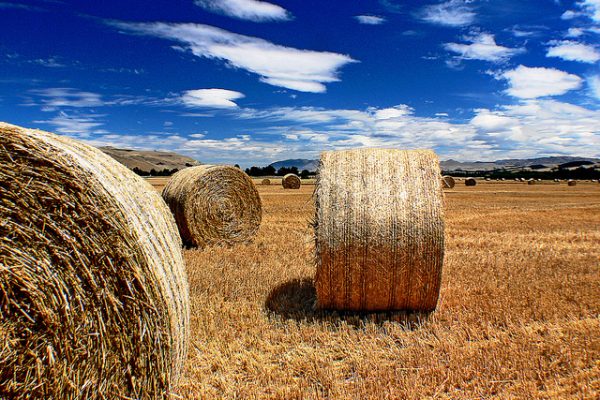How to Load and Explore Time Series Data in Python
Last Updated on April 30, 2020 The Pandas library in Python provides excellent, built-in support for time series data. Once loaded, Pandas also provides tools to explore and better understand your dataset. In this post, you will discover how to load and explore your time series dataset. After completing this tutorial, you will know: How to load your time series dataset from a CSV file using Pandas. How to peek at the loaded data and calculate summary statistics. How to […]
Read more








